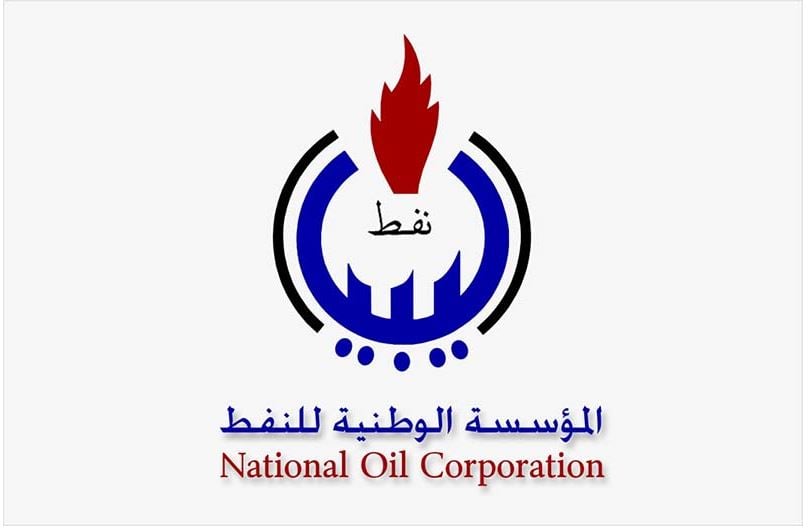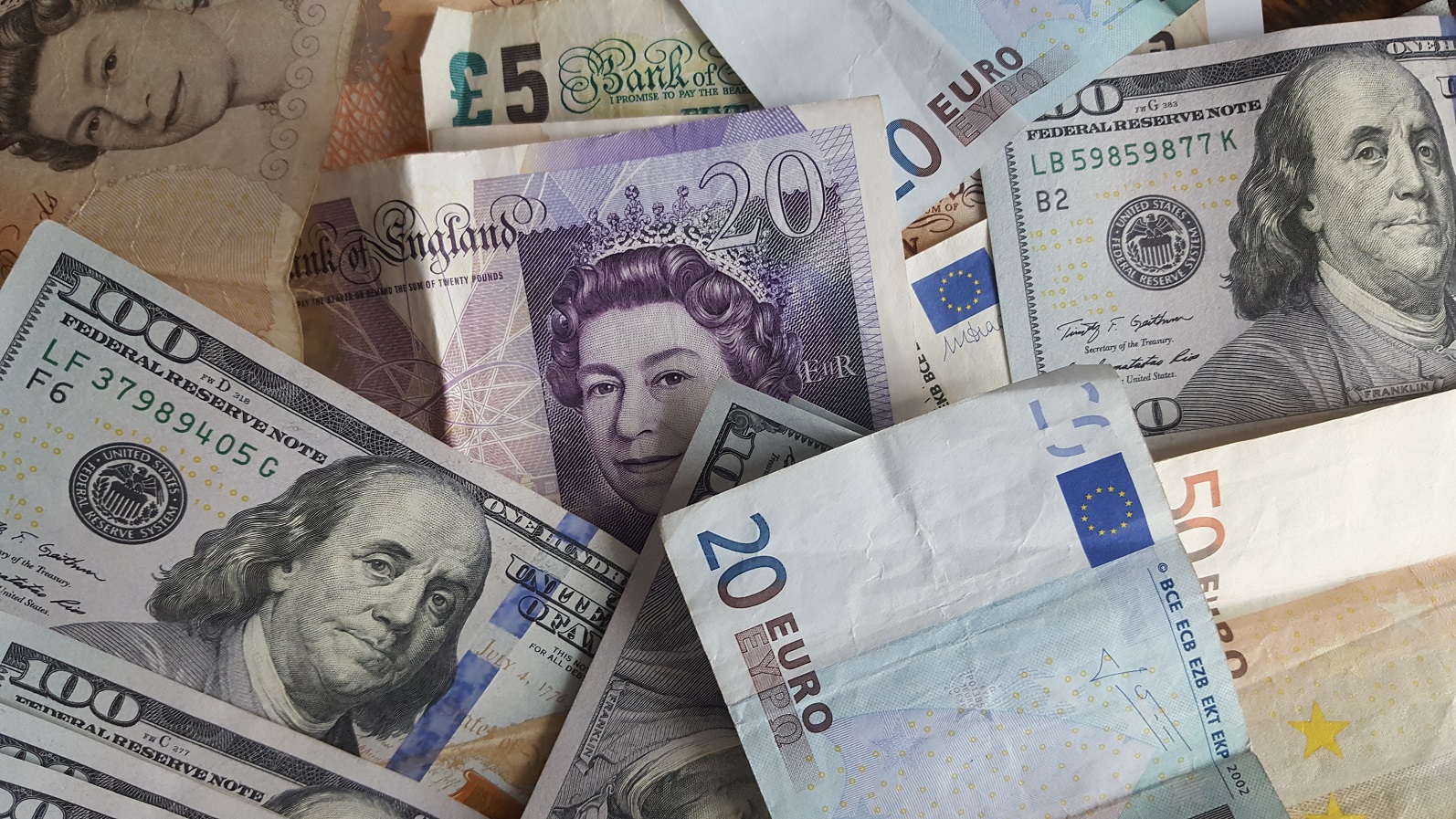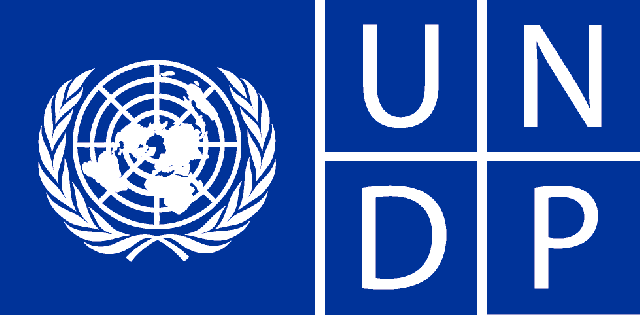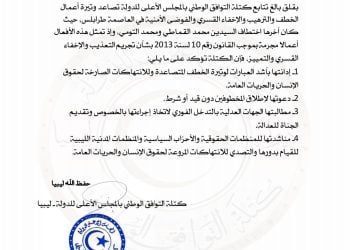Moscow, 8 May 2012:
Russia has lifted an embargo on the supply of arms to . . .[restrict]Libya on the instructions of Russian Prime Minister Dimitri Medvedev.
The embargo was initially put in place in line with UN Security Council Resolution 1970, adopted on 26 February 2011, shortly after the outbreak of the revolution. Although the Security Council voted to lift the ban in a further resolution (No. 2009) on 16 September 2011, Russia chose to keep its own embargo in place.
Russia says it can now resume the sale of arms and related materials of all types to the Libyan government, provided they are solely for security or disarmament assistance. The sale of small arms, light weapons and other related materials temporarily exported to Libya for use by UN-authorised personnel is also permitted. However, in line with Resolution 2009, the UN Security Council must still be notified and approve any arms sales before they take place.
Under Qaddafi, Russia was the main provider of arms to the regime with sales accounting for 12 percent of Russia’s arms exports in 2010, at a value of $10 billion. Senior figures within Libya’s new military establishment have also said that around 80 per cent of Libyan officers sent overseas for training went to Russia under Qaddafi.
Come last year’s revolution, Russia was reluctant to abandon its old ally Qaddafi. Although Russia supported imposing the arms embargo, it abstained from UN Security Council Resolution 1973, which authorised the international military intervention that subsequently helped topple the Qaddafi regime.
Russia was subsequently vocal in its opposition to the NATO intervention in Libya, and has used this as a justification for obstructing UN Security Council action in Syria, which remains a major destination for Russian arms exports.
Russia has frequently claimed that the arms embargo on Libya cost it at least $4 billion in lost sales, but some experts believe that figure could be substantially higher. [/restrict]









